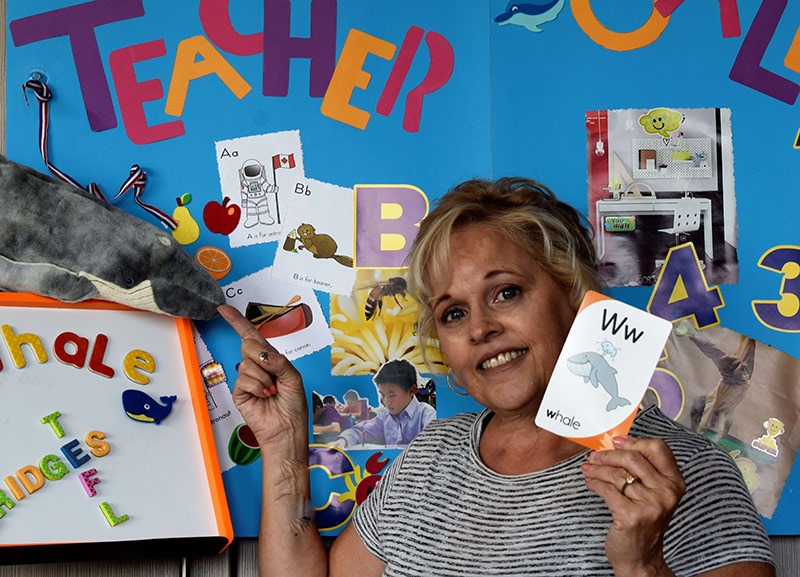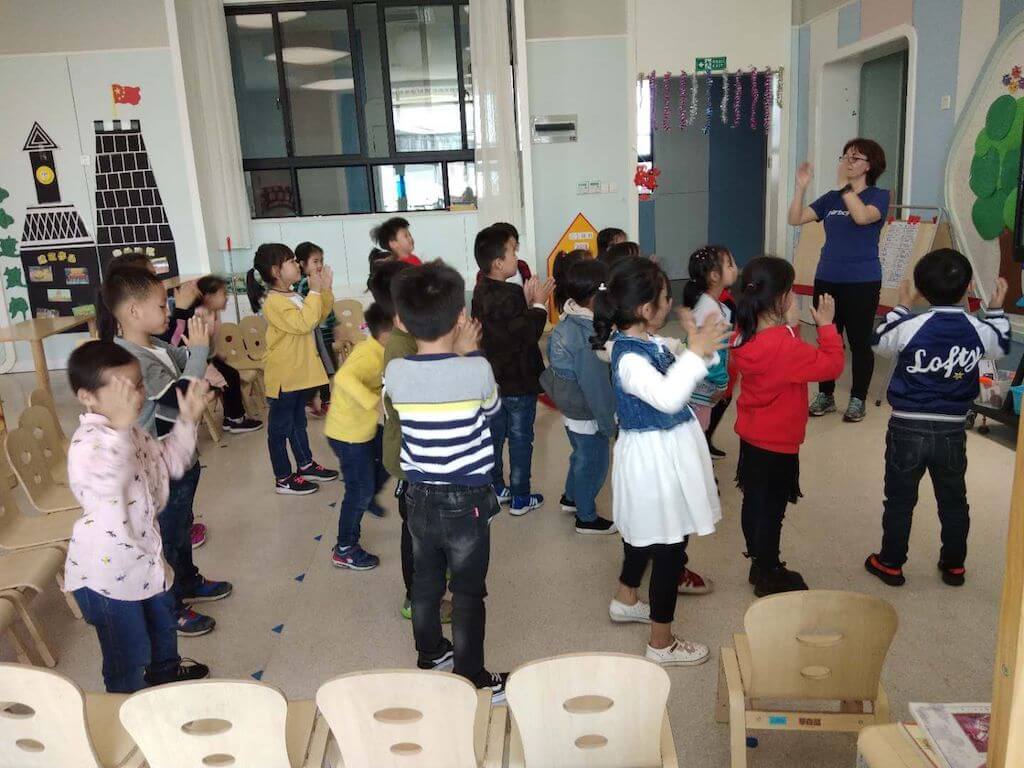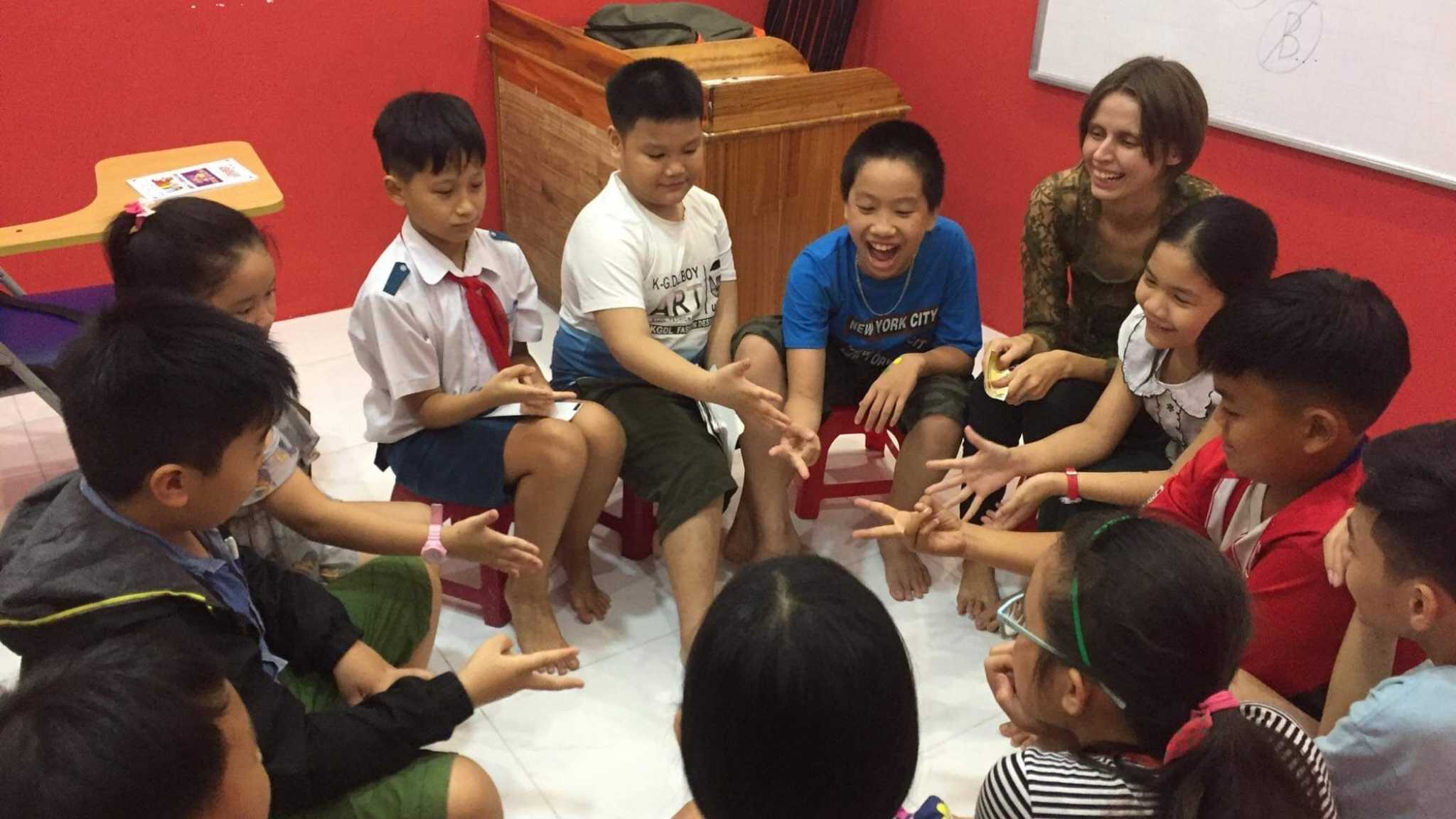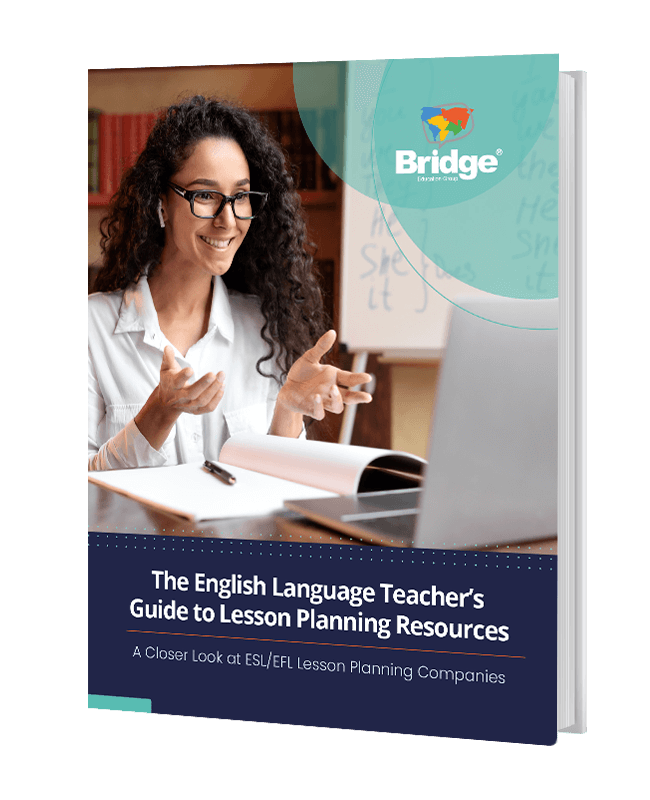Whether you teach ESL online or teach abroad, you may find yourself in a situation where you need to rely on last-minute ESL lessons. Having a few low-prep ESL activities in your back pocket (or being able to create quick lessons on the fly) will make you a more prepared, adaptable teacher and a valuable asset to your school or company.
If you’re new to teaching, you’ll want to get initial training and qualification with a TEFL certificate. You can explore our online TEFL courses to get started!
Why would I need last-minute ESL lesson plans?
When you teach English, you can’t control everything that comes your way. Some examples of when you might find yourself in need of a last-minute lesson plan are as follows:
-
A group of students flies through material that you thought would be difficult for them, leaving you with extra time in the classroom.
-
You walk into the room and realize the energy level that the learners brought that day is rather low. So, you decide to use a relevant warm-up activity to energize your students.
-
You get called in last minute to substitute for another teacher.
-
Students just aren’t grasping the concept you’re teaching, and you need to take a new approach to help them understand.
How do you plan an ESL lesson quickly?
If you find yourself needing last-minute ESL lesson ideas, here are some helpful tips to keep in mind.
Tip #1: Use clear objectives in your TEFL lesson plan.
If you have time for nothing else, take the time to consider what result you want from the lesson. This is the most important part of any lesson plan.
Try writing your ESL lesson objective in this format:
-
By the end of this lesson, students will be able to _________.
Find out more about writing and using objectives in ESL lesson plans.
Tip #2: Consider what materials are needed for the last-minute ESL lesson plan you’re creating.
It’s important to make sure that you don’t accidentally shoot yourself in the foot by creating a plan in a short period of time but forgetting that the materials needed for the lesson will take far too long to make. Make sure that you’re using low-prep or no-prep ESL activities so that you don’t have to spend time cutting up bits of paper or creating an entire packet of digital worksheets from scratch.
Learn to create materials for the EFL classroom.
Tip #3: Make sure your lesson is adaptable.
When teaching English, it’s very important to have lesson plans that can be adapted to any content or lesson objective. When teaching online, this is especially true — think about technical issues that arise, being on standby to teach a last-minute class, etc.

Tip #4: Recycle activities.
There’s no need to reinvent the wheel! One secret to creating last-minute ESL lesson plans is having go-to activities that you can adapt for TEFL lesson plans. Good activities to recycle can include Tic-Tac-Toe with grammar, Bingo with vocabulary words, list race activities with categories, and memory games.
Check out these fun ESL games and activities for young learners.
Where can I get free ESL lesson plans?
Visit ESL teaching websites
The internet is a wonderful place to get lesson ideas or even ready-made free ESL lesson plans. Some great websites where you can start your search are:
In addition to individual lessons, you may be able to find resources for teaching entire units with multiple planned lessons. It’s likely that whatever you’re teaching has been taught before by someone else in the world, so you can see how others have attempted the lessons you need to plan and adapt what you find to your own style.
Take a Micro-credential certification course
Bridge offers many Micro-credential courses to help teachers focus on specific teaching skills! They offer valuable ideas and tips for creating English tutoring lesson plans for any level of proficiency. Here are a few:

What are some last-minute ESL lesson plan ideas?
So, you need a lesson plan ASAP. It’s 30 minutes to go time and your boss just told you that you’re covering a class. What can you do to be prepared? We’ve collected a couple of quick ESL lesson plan examples that you can pull from right here. Follow the basics of lesson planning in terms of structure and scaffolding, which, if you’re new to teaching, you can learn about in Bridge’s Professional TEFL/TESOL certification courses. The structure of your lesson should be:
-
Warm-up
-
Introduction
-
Practice
-
Produce
You’ll be well on your way to a quick, effective ESL lesson plan!
Find the materials that will benefit your students the most with the free
ESL Teacher’s Guide to Lesson Planning Resources
downloadHere are some sample ESL lesson plans to help get you started quickly:
Lesson plan 1: Practicing the Past Tense (40 minutes, any level of proficiency)
Objective: By the end of this lesson, students will be able to produce a short sentence using the simple past tense in English.
Warm-up: This warm-up is called List Race. Put categories on the board (i.e., food, colors, animals, etc.). Make sure that one of the categories is “verbs.” Set a timer or play music. Learners attempt to write as many words in English as they can for each category, either in teams or as a class. Check the answers afterward.
Talk about the verbs on the board. Ask the learners if anyone can change one of the verbs into the past tense. Use this as a way to gauge students’ prior knowledge. Then, set a timer and have the class work together to convert all of the remaining verbs.
Gap-fill exercise: Use a gap-fill exercise, and set aside time for the students to work in small groups or pairs. The teacher should circulate, noting any mistakes that the students make and offering support.
Without identifying the students who made specific mistakes, put the noted errors on the board. Discuss these with the class. Ask who can correct the errors. Give more examples if needed.
Play Tic-Tac-Verb: Draw or display a Tic-Tac-Toe board. Put a subject in each box (i.e., “he”). Put a verb or a selection of verbs at the top. Model how to play the game by saying the subject and the verb in the past tense (“he played”) and marking it off with an X or an O. Then, split the class into small groups and have them play the grammar game on their own.
Extension: Strong learners could use the game as a jumping-off point to create their own sentences.
Online version: This activity works well for all levels and ages and can be adapted to any grammar subject. It’s also perfect for teaching online. You need only use your teaching software to display the content described above. If the software doesn’t allow students to write on a common platform, you should have the students call out answers and write them yourself.
Need more ideas for teaching grammar? Check out ESL Grammar Activities to Make Your Lessons Interesting, Interactive, and Inclusive.

Lesson plan 2: Writing Workshop (40-60 minutes, high-intermediate/advanced)
Objective: By the end of this lesson, students will be able to produce a short text.
Warm-up: This activity is called Sentence Scramble. Display words that could be used to make sentences. If you don’t have time before class, have learners call out random words and write them on the board yourself. The more random the words are, the harder this will be.
Set a timer and tell the students they need to write five sentences using only the words from the board. They can work alone or in teams.
Review the sentences that the students made. Correct their mistakes, allowing students to correct their peers’ errors as much as possible.
Create a story as a class: Using the sentences that the students generated, work together as a class to order them in a way that makes a (mostly) coherent paragraph or short story. Have the students read the full text aloud and offer opportunities to change the order if they think it needs to be changed. Emphasize that reading one’s written work out loud can help with the editing process.
Individual writing activity: Now, have the students create their own (new) paragraph using the words from the beginning of the lesson. Set a timer for 10+ minutes and have the students work alone or with a partner.
When the timer is finished, make the students swap their paragraphs with others in the classroom. Use the reading exercise from the class paragraph to encourage them to read the other student’s work aloud and correct errors that they find. If necessary, to keep learners on track, set a specific number of suggestions they must make to their classmates to improve their story.
Extension: Have students complete a final draft of the paragraph for homework, and review it during the next lesson.
Online version: You can use this workshop format for an online class without much change. Ideally, you’d want to split the class into groups; many online teaching platforms, including Zoom, allow for small group discussions.
Check out these 26 best digital tools for teaching English online.

Lesson plan 3: Identifying Colors (40 minutes, very young learners)
This activity is great for very young learners and can also be adapted for beginner ESL lesson plans involving vocabulary and sentence structure.
Objective: By the end of the lesson, students will be able to produce a short sentence about an object and its color. E.g., “It’s a red ball.”
Warm-up: Play a song that has colors in it to grab students’ attention. There are tons of options on YouTube, but this one is a great choice because it’s loud and fun:
After playing the song once, pause it and repeat the colors together. Gauge how many of the colors the students already know in English.
Ask questions: If you have time, grab a few objects before class to model the target language. If not, use objects that happen to be in the room, pictures on an interactive whiteboard, or items of clothing that people in the class are wearing.
Ask about whether things are a different color than they are. For example, point to a red object and ask, “Is it blue?” Students can raise their hands or shout out the answer. Then, have one student be the teacher for a short time. They can ask a few questions and everyone else can respond. Give every student a turn.
Pass objects around or play Telephone: Present and practice the target sentence with objects. For very young learners, a great and low-prep activity is to pass the object around and say the sentence.
If you didn’t have time to choose objects before class, a truly last-minute ESL lesson idea is to have students “pass” the language itself without using a physical object. Students play a game called Telephone by forming a circle or a line and whispering a sentence to the person next to them. The last student says the sentence out loud, and the goal is for it to match the first student’s original sentence.
Extension: Have students draw objects that are the colors you’ve learned and practiced in class. Spend time asking each student about their pictures in English. They can share their work with a partner or with the class when finished.
Online version: It can be hard to work with very young students online, but using bright colors and easy language can really help to engage them! Try to do the Telephone game if you can by pointing to each student on the screen using your mouse or by assigning each student a random number and calling the numbers out.
Lesson Plan 4: Describing People (40 minutes, beginner/intermediate learners)
Objective: By the end of this lesson, students will be able to describe a person using basic adjectives (e.g., tall, short, friendly, kind) and form simple sentences.
Warm-up: This activity is called Adjective Association. Write the word “person” on the board, and ask students to brainstorm adjectives that describe people (e.g., happy, tall, smart). Write their suggestions on the board and review any unknown vocabulary.
Matching exercise: Provide students with a list of adjectives and pictures of different people (or use digital images if teaching online). Have students work in pairs or groups to match the adjectives to the correct image. Circulate the room to monitor and assist.
Speaking practice: In pairs, students take turns describing the people in the images using the adjectives they matched. For example, “He is tall and friendly” or “She has short hair and is very kind.”
Extension activity: Beginner students work in groups to describe their friends and family. Intermediate students can expand on the activity by adding more details about the people in the pictures, such as their jobs, hobbies, or what they’re wearing. For example, “He is tall, friendly, and works as a doctor.” They can then work in groups to describe their friends and family in more detail.
Online version: Display the images and list of adjectives on a shared screen. Use breakout rooms (on platforms like Zoom) to pair students for the matching and speaking activities. Encourage students to share their sentences in the main session.
As you can see, last-minute ESL lesson plans are not as difficult to create as they might seem at first. You’ll create activities that work for you and your students, reusing them to cut down planning time and reinforce a good routine.










